News
Polygon, GSR Release Katana Network Tackle DeFi Fragmentation
ChainPlay
•
4 months ago
Share :

DeFi is powerful and can also feel messy. With liquidity scattered across countless protocols, investors need to jump between apps just to lend, trade, or earn yield. This fragmentation makes DeFi feel more like a puzzle than a platform. Polygon and GSR are trying to fix that, and their solution is a new DeFi-focused blockchain called Katana.
On Wednesday, the Katana team announced that its private mainnet is now live. While still in early access, its mission to unify DeFi liquidity, simplify yield generation, and build a foundation for long-term growth is bold.
Let’s break down what’s happening and why it matters.
What Is Katana?
Katana is a layer-2 blockchain built with DeFi in mind. Think of it as a liquidity magnet that pulls in assets from across various DeFi protocols and gives users one place to do everything. This can include key activities such as lending, trading, and earning.
Katana integrates directly with some of the most widely used apps in crypto, including:
- Sushi: A major decentralised exchange.
- Morpho: A decentralised lending platform.
By plugging into these systems, Katana hopes to offer a smoother, more powerful DeFi experience. No more hopping between five platforms just to manage a simple yield strategy.
Who Built It?
Katana wasn’t created by a couple of unknown devs in a Telegram group. It’s backed by two major players:
- Polygon Labs: The team behind the popular Ethereum layer-2 solution.
- GSR: A global crypto market maker with years of experience in liquidity provisioning.
Polygon designed the technical framework. GSR brought the liquidity and user experience insights. Together, they’re trying to build something unique: a DeFi chain that actually works for users.
Why Now?
According to Marc Boiron, CEO of Polygon Labs, the timing couldn’t be better. He says DeFi’s biggest problem is fragmentation. “Digital assets are scattered across too many platforms,” he told CoinDesk. “It makes certain types of investing hard or even impossible.” Katana is meant to change that.
It’s built using AggLayer, Polygon’s framework for building interoperable blockchains. That means Katana can easily connect to other chains built on AggLayer, creating a web of liquidity that any chain can access.
Boiron puts it simply: “There’s no chain out there today that is designed specifically for deep liquidity. Katana is.”
How Katana Works
At its core, Katana is a DeFi yield engine. It doesn’t just collect liquidity but makes that liquidity work. The chain is designed to automatically direct assets toward the highest-yielding opportunities across supported protocols. That includes:
- Trading pairs on Sushi.
- Lending pools on Morpho.
- And future integrations with other yield platforms.
Users will be able to deposit assets like ETH, USDC, USDT, and WBTC directly into Katana. From there, the protocol routes them through optimal strategies. Everything is on-chain. Everything is transparent.
GSR’s Role
For a new blockchain, liquidity is everything. Without it, no one uses the network. That’s where GSR comes in.
Jakob Palmstierna, GSR’s president, says the firm is supplying the initial “grease” to make Katana run smoothly. That includes market-making, token swaps, and bootstrapping lending pools. “We’re providing the on-chain liquidity to make sure people can use the chain on day one,” he said.
This early support helps Katana avoid the cold start problem that many new blockchains face.
Early Access and Rewards
Right now, Katana’s private mainnet is only available to a small group of users, and there’s already activity.
The network has launched a pre-deposit phase that allows early users to park their assets in preparation for the public launch. You can deposit ETH, USDC, USDT, or WBTC, and in return, you get a chance to win KAT tokens, the platform’s native governance and utility token.
It’s like a loot box system for DeFi. The more you deposit, the higher your chance of earning rewards. This early access phase is also helping stress-test the system before the broader launch.
The public mainnet is expected to go live at the end of June.
What Makes Katana Different?
Let’s be honest. The crypto space is crowded. Dozens of chains launch every year.
But Katana isn’t just another Ethereum clone. Here’s what sets it apart:
- Unified Liquidity: Katana aggregates yield and liquidity across multiple platforms. That means better rates and fewer fees for users.
- Deep Interoperability: Built on AggLayer, Katana can connect to other chains in the Polygon ecosystem. That unlocks seamless asset movement and liquidity sharing.
- Built for DeFi: Unlike general-purpose chains, Katana is optimised for one thing, which is decentralised finance. That means faster performance, better incentives, and more stable infrastructure for financial apps.
- Serious Backers: With Polygon designing the tech and GSR supplying liquidity, Katana has real firepower behind it. This isn’t a weekend project. It’s a long-term bet on the future of finance.
What’s Next?
The next big milestone is the public mainnet launch in late June. That’s when the doors open to everyone. Users will be able to trade, lend, and earn on the platform, all while participating in Katana’s growing ecosystem.
After that, expect more integrations. More apps. And likely more liquidity incentives tied to the KAT token. If the team delivers, Katana could quickly become a go-to hub for DeFi activity. Not just on Polygon, but across the broader Ethereum ecosystem.
Final Thoughts
DeFi has come a long way, but it’s still too complicated for most people. Katana is Polygon and GSR’s attempt to simplify things. It pulls fragmented pieces together. It helps users earn yield without chasing strategies across ten different platforms.
It’s early, but the foundation looks solid. If Katana can build a real liquidity engine, one that works across chains and protocols, it could change how DeFi works. No more fragmentation, and no more chasing yields. Just one place to lend, trade, and grow your assets.
That’s the promise of Katana, so let’s see if it delivers.
Share this article
#Other
Latest News
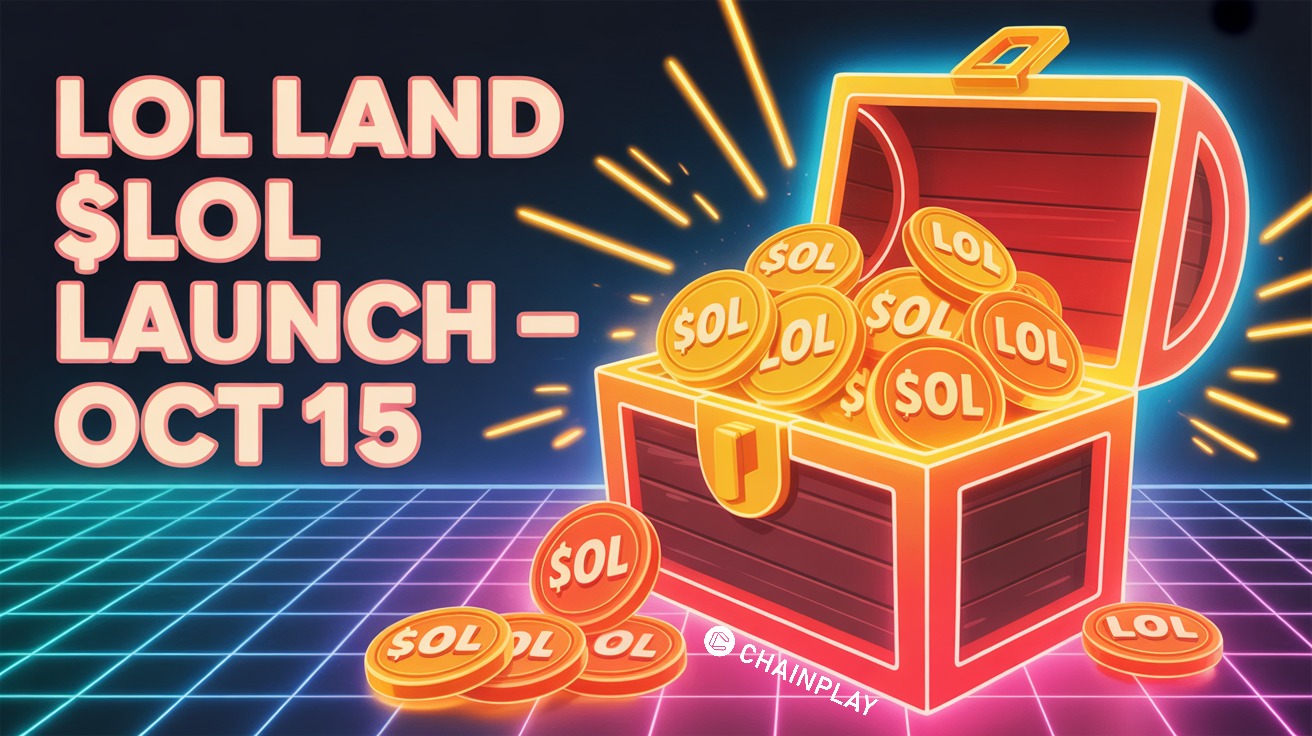
YGG Play Launchpad to Launch $LOL Token for LOL Land
2 hours ago
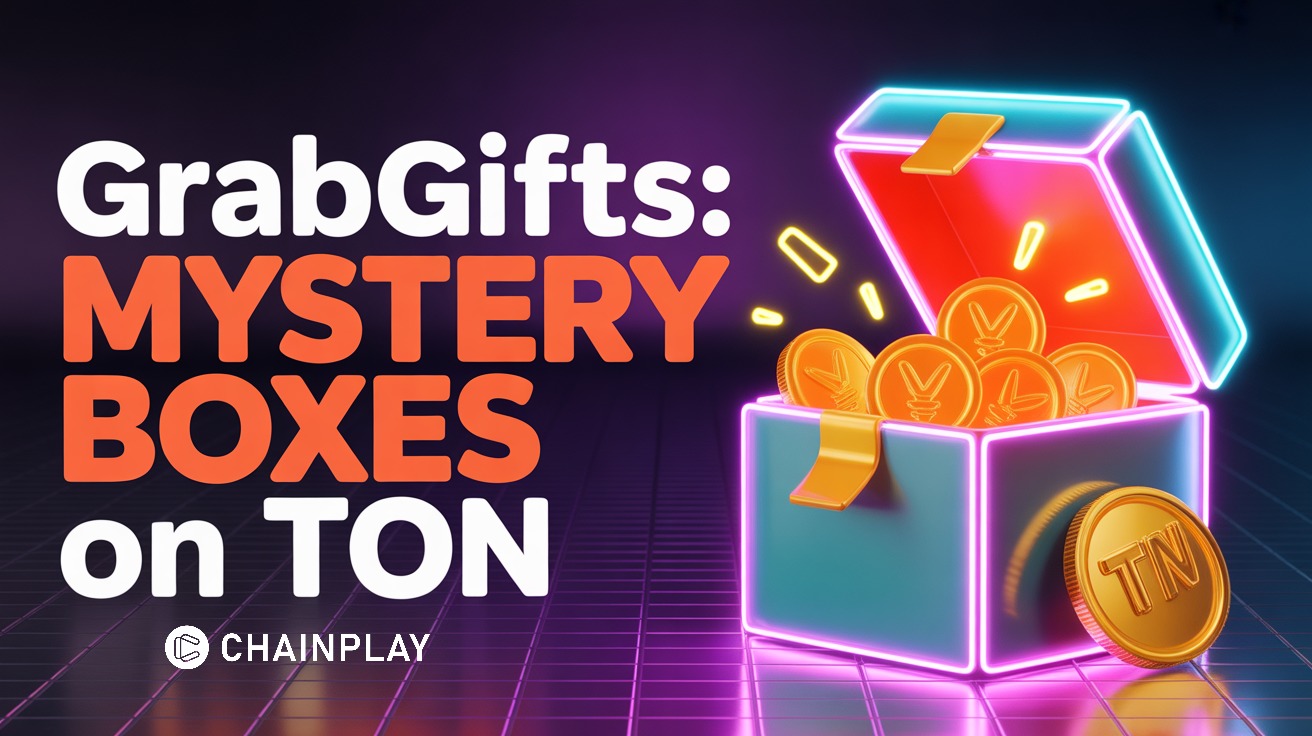
Mighty Bear Games Launches GrabGifts with TON Rewards
19 hours ago
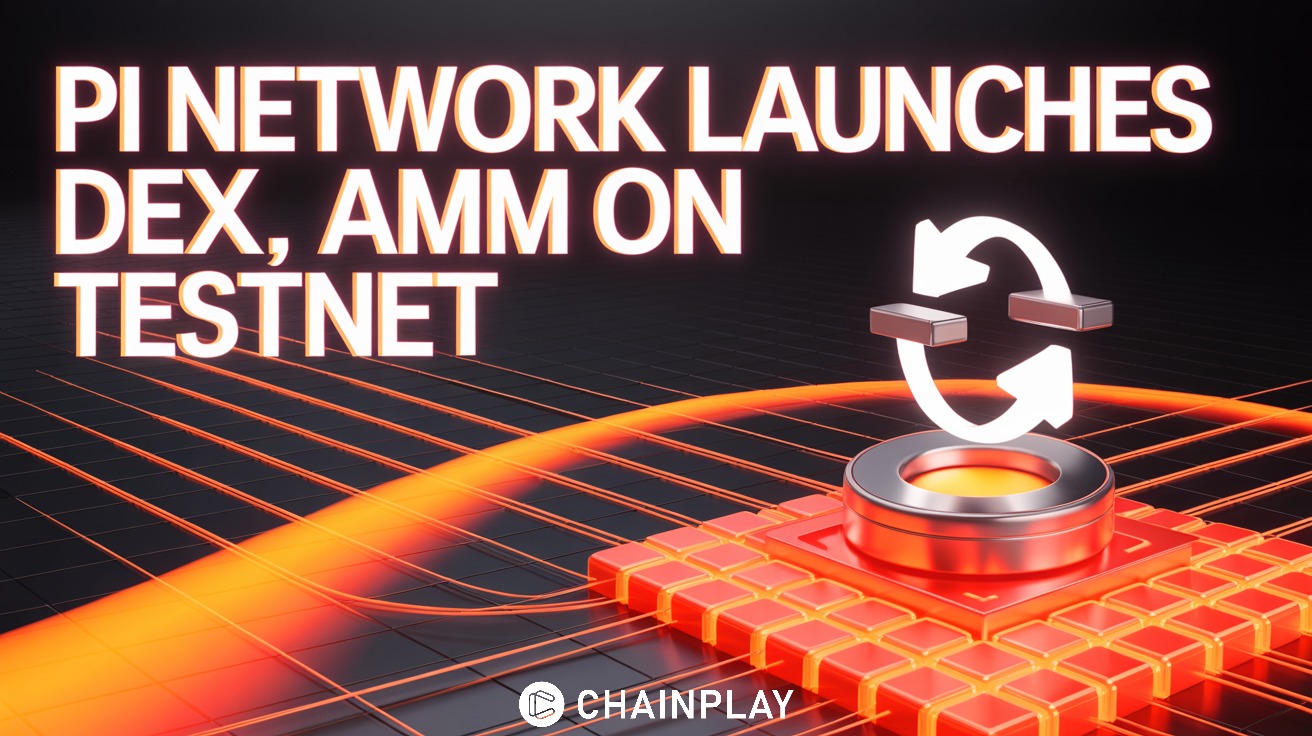
DEX and AMM Debut on Pi Network Testnet for Pi Coin
yesterday
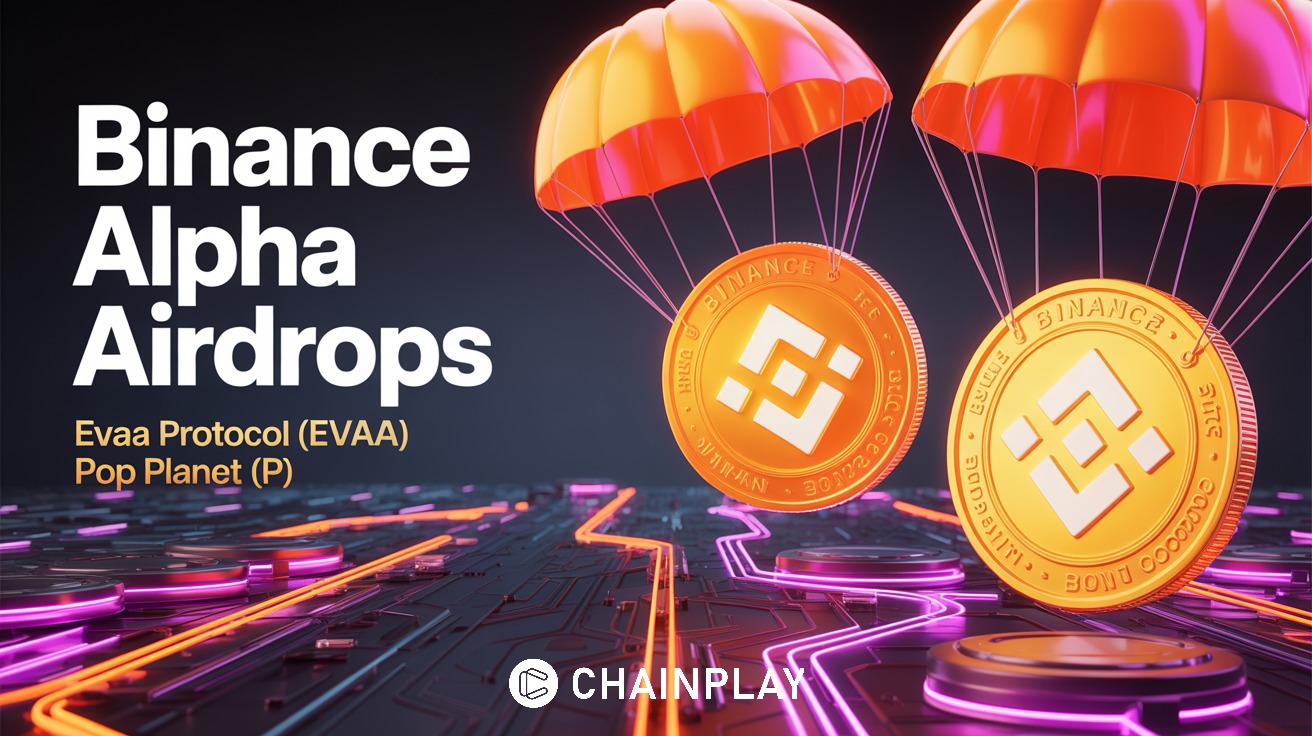
EVAA Protocol (EVAA) and PoP Planet (P) Binance Alpha
2 days ago
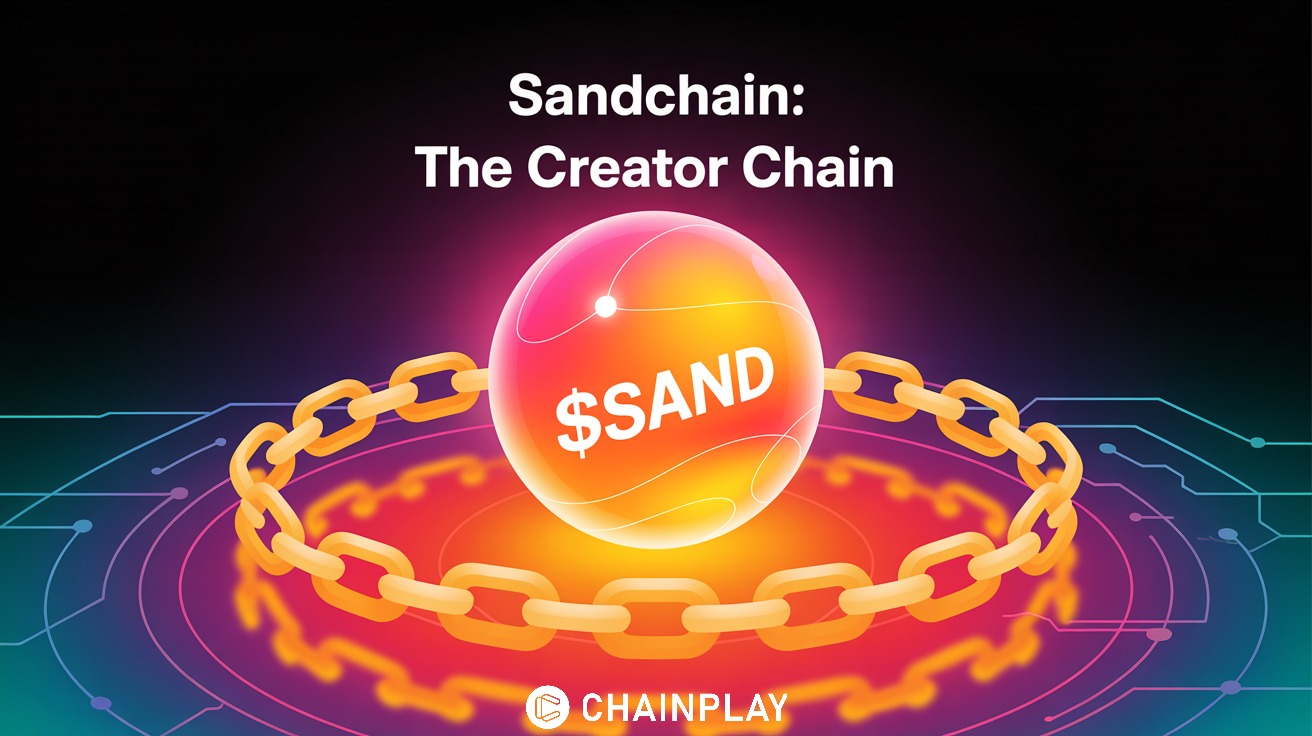
SANDchain Debuts to Power a $250B Creator Economy
2 days ago
Related articles

Pi Network adds DEX and AMM on Testnet, letting developers test tokens and simulate trading, moving Pi Coin closer to mainnet adoption.
ChainPlay
•
yesterday

Mighty Bear Games launches GrabGifts on Telegram with TON rewards, NFTs, and mystery boxes, blending social gaming and blockchain collectibles.
ChainPlay
•
19 hours ago

YGG Play Launchpad goes live Oct 15 with $LOL token for LOL Land, offering token sales, questing, VIP staking rewards, and Play-to-Airdrop incentives.
ChainPlay
•
2 hours ago



